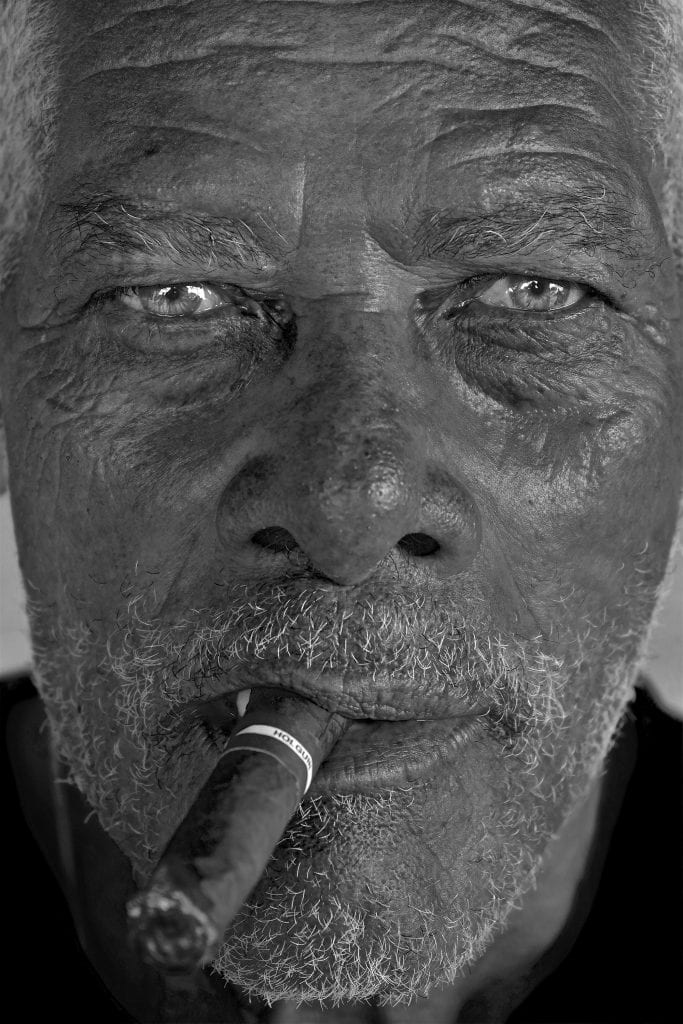“The difference between a good picture and a mediocre picture is a question of millimeters. A small, small difference. But it’s essential. If I take the picture from there, it’s another arrangement of there, there, there. It’s very small moves I’m doing. I’m not jumping up and down. It’s a relation between your nose, your eyes, the window behind, and that’s my pleasure to establish these relations. Sometimes there’s no picture. Alright? There’s no picture.”
Henri Cartier-Bresson

When I talk about composition and taking control over the picture-taking process, I mean exploring a variety of options. It’s not just you as photographer, moving and changing the composition. In a world that’s always moving and changing, the specific moment captured by the photographer also has a huge effect on the final image.
A gesture or a look can differ from frame to frame and this slight shift can have a dramatic impact on the success of the image. Bend your knees and change the perspective. Alter the juxtaposition of foreground subjects with the background and the horizon. The compositional dance is also about tweaks in technique.
The subtle differences in depth of field from one stop to the next can perfect and sharpen your vision for the final photograph, as can the proper blur-inducing or life-stopping shutter speed. It’s all about subtlety. This compositional dance is a game of inches.
I maintain that you need to be looking through the viewfinder or at the view screen to see how a slight movement can dramatically change your final composition. This is important to know, because a slight shift of camera position can make a world of difference.
At its highest level, the photographic process is akin to a musician arranging notes that evoke emotions, or a designer stimulating your senses. Personally, if I had to articulate what I do as I dance around the frame, I would say I’m trying to frame my pictures by arranging visual elements for maximum visual impact and communication.
We don’t always do it on a conscious level, but with experience, we learn to constantly scan the viewfinder, looking at the placement of lines and form, the balance, the relationship with foreground and background elements, and the scale between them.
This perfect storm of picture elements common to many great images is mostly out of your control, but there’s much you can do to maximize your chances of being in great light and in the best camera position with the exposure set, and having the right lens ready to trigger the shutter at the decisive moment.

Getting through the volume helps you master the technical side so you can concentrate on the most important part of the photographic process: seeing and capturing compelling, meaningful, personal images that communicate to others what you think is beautiful, important, funny, sad, or just plain worth recording. The creative pursuit of photography requires a melding of both the physical act of shooting a picture and the cerebral process of seeing and determining what, when, and how to shoot it.
“Working it” helps us see the world in new ways while forcing us out of the comfort zone we often tend to curl up in. The process infused into our sub-conscious and we begin to naturally shoot better pictures.










